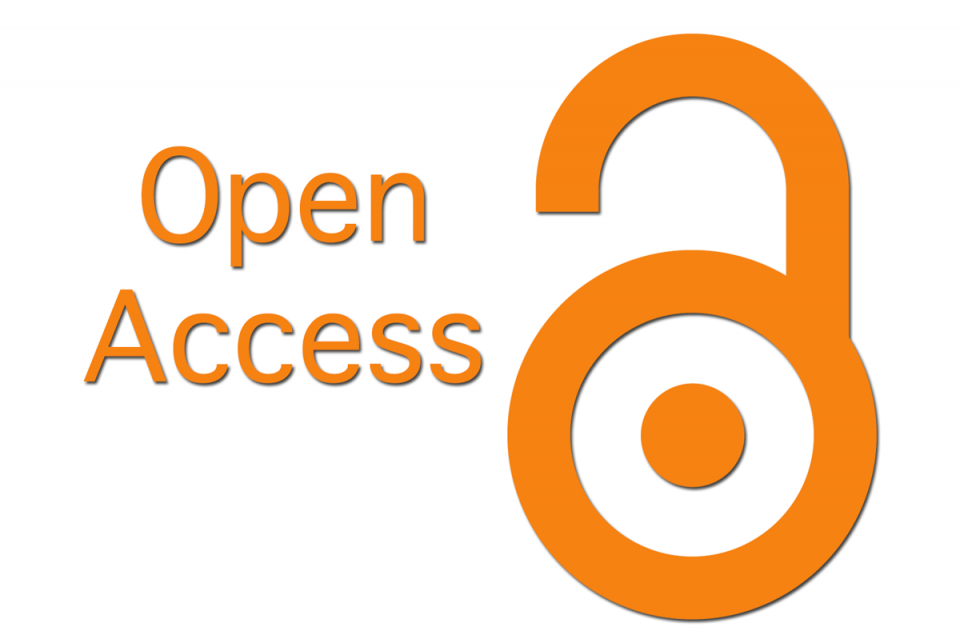Comparison of Mechanomyogram Signals Using an Accelerometer and a Condenser Microphone during Isometric and Concentric Contractions of the Biceps Brachii Muscle
Keywords:
Electromyogram (EMG), Mechanomyogram (MMG), Power spectral density (PSD), Biceps Brachii MuscleAbstract
According to the evaluation of muscle function during static exercise using a microphone and an acceleration sensor,
accelerometers are more likely to be affected by motion artifacts than microphones. Additionally, microphones are less likely
to be affected by motion artifacts compared to accelerometers. In this study, motion artifacts were analyzed using both an
accelerometer and a microphone. As a result of conducting a variance analysis of the three factors—muscle exertion, velocity,
and elbow joint angle—significant differences were found in all factors (muscle exertion, velocity, and elbow joint angle) in
the MMG signals obtained using a microphone (p < 0.001). Furthermore, a significant interaction effect was found between
velocity and elbow joint angle (p < 0.001). It is suggested that the low-frequency components of the PSD of the MMG are
reduced by increased muscle strength during exertion. However, during dynamic exercise, the low-frequency components of
the MMG signals recorded with the accelerometer (MMGacc) significantly increased. Considering the frequency
characteristics observed in this study, it is concluded that the accelerometer is more likely to capture motion artifacts in the
MMGacc signals within the frequency range of 5 to 10 Hz.
Downloads
References
Merletti, R., & Parker, P. J. (2004). Electromyography: Physiology, Engineering, and Non-Invasive Applications, IEEE Press.
Cram, J. R. (1998). Introduction to Surface Electromyography, Aspen Publishers.
Downloads
Published
Issue
Section
License

This work is licensed under a Creative Commons Attribution 4.0 International License.
You are free to:
- Share — copy and redistribute the material in any medium or format for any purpose, even commercially.
- Adapt — remix, transform, and build upon the material for any purpose, even commercially.
- The licensor cannot revoke these freedoms as long as you follow the license terms.
Under the following terms:
- Attribution — You must give appropriate credit , provide a link to the license, and indicate if changes were made . You may do so in any reasonable manner, but not in any way that suggests the licensor endorses you or your use.
- No additional restrictions — You may not apply legal terms or technological measures that legally restrict others from doing anything the license permits.
Notices:
You do not have to comply with the license for elements of the material in the public domain or where your use is permitted by an applicable exception or limitation .
No warranties are given. The license may not give you all of the permissions necessary for your intended use. For example, other rights such as publicity, privacy, or moral rights may limit how you use the material.








